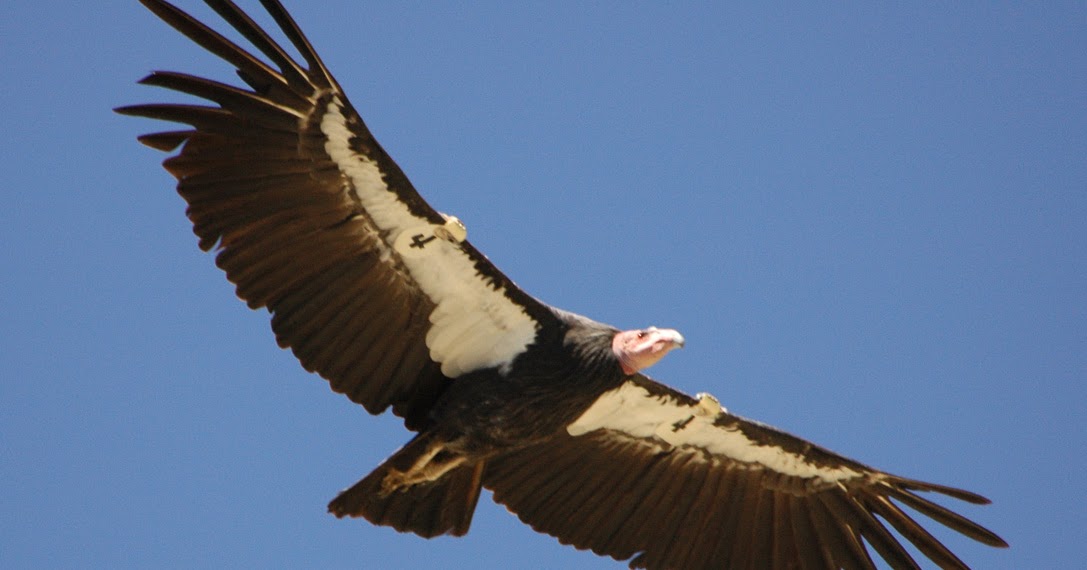

"You need genetic diversity in order to adapt, and the more genetic diversity they have, hopefully, the more chance they have to adapt and persist," first author Jacqueline Robinson, a University of California, San Francisco postdoctoral fellow, said in a statement. They found that the genomes of all three species showed evidence of historic population declines, but that the California condor genome unexpectedly retained a high degree of variation as a legacy of its historically high abundance. They also examined the genomes of the Andean condor, or Vultur gryphus, and the turkey vulture, or Cathartes aura, for comparison. In order to learn more about the species' history and aid in future conservation efforts, the researchers produced a high-quality, chromosome-length genome assembly and analyzed its genome-wide diversity. But after decades of captive breeding and release efforts, there are now more than 300 free-flying wild condors and about 200 in captivity. The California condor briefly went extinct in the wild - by 1982, only 22 individual condors remained in North America. This leads to inbreeding and reduced adaptability. In a paper published on Thursday in the journal Current Biology, the researchers noted that threatened and endangered species like the California condor, which is listed as critically endangered, can suffer from a lack of genetic diversity because of their small population sizes. NEW YORK – Researchers from California, Texas, and West Virginia have assembled the first completed genome of the California condor, or Gymnogyps californianus, which shows that the species has a high degree of genetic diversity that could help it survive long term. Advances in Clinical Genomics Profiling.Status of the California Condor and efforts to achieve its recovery. The California Condor in the Pacific Northwest. Bird Conservation International 24: 492-504.ĭ’Elia, J., and S.M. A quantitative analysis of monthly home range size across the annual cycle in the critically endangered California Condor Gymnogyps californianus. Resource selection in California Condors (Gymnogyps californianus) relative to terrestrial-based habitats and meteorological conditions. Perspectives in Ornithology: The persistent problem of lead poisoning in birds from ammunition and fishing tackle. Activity-specific ecological niche models for planning reintroductions of California Condors (Gymnogyps californianus).īiological Conservation 184: 90-99. Ancient DNA reveals substantial genetic diversity in the California Condor (Gymnogyps californianus) prior to a population bottleneck.Ĭondor: 118: 703-714 D’Elia, J., S.M. Fossil evidence from Pleistocene times shows that it inhabited not only California but a continent-wide range stretching from northern Mexico to Florida, New York, and the Pacific Northwest.ĭid you know? Condors are incredibly intelligent: one bird released from a zoo 12 years after being brought into captivity, caught a thermal and glided several hundred miles back to where she had been captured.ĭ’Elia, S.M. By the late 1980s it endured only in captivity, but it has since been returned to the wild in selected regions. Presently the largest and most astonishing bird in the skies of North America, the California Condor was one of our most highly endangered species by the 1980s, when it persisted only in a region just north of Los Angeles. Susan Haig Latin name: Gyps californianus


 0 kommentar(er)
0 kommentar(er)
